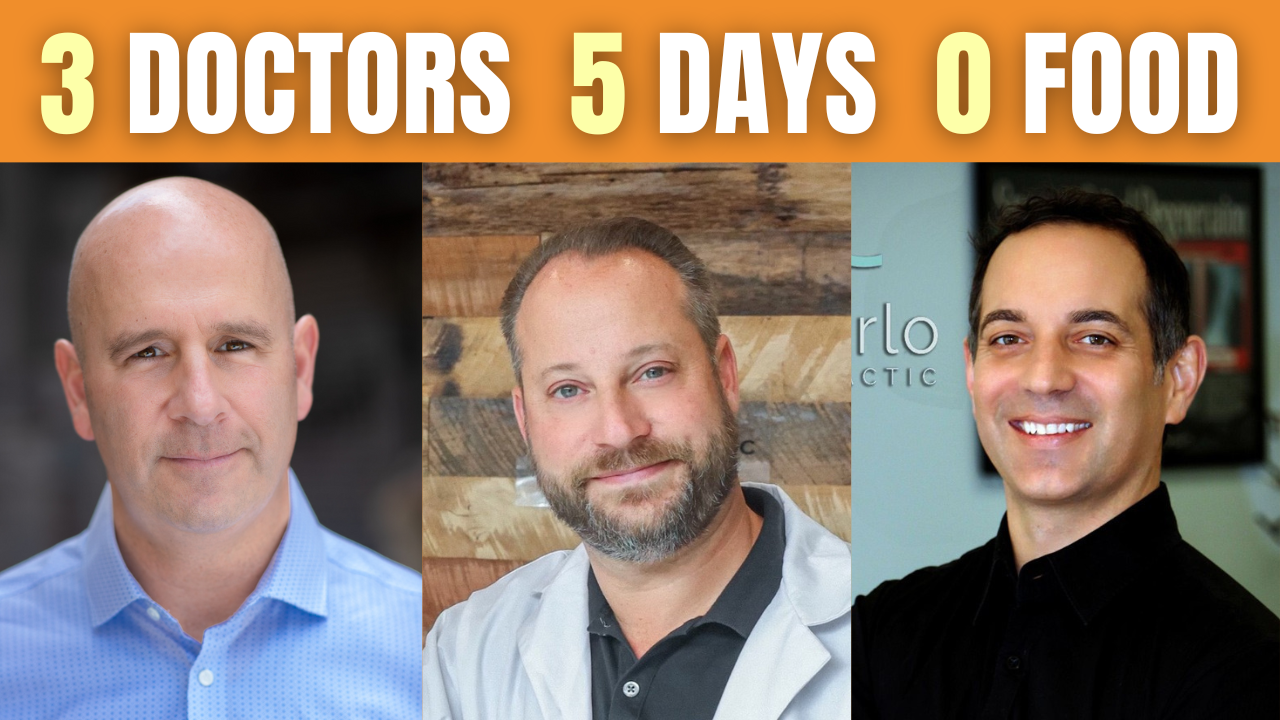Shocking news about how this molecule, dopamine, fuels your unhealthy habits

What if the secret to breaking unhealthy habits isn’t about willpower but about your environment? Just like rats in a cage, when we’re stuck in mundane routines, we seek dopamine in all the wrong places—like cigarettes, junk food, or even addictive behaviors. But there’s a simple solution: by reconnecting with nature and engaging in rewarding activities, we can naturally boost our dopamine and break free from harmful habits.
What We Can Learn from Rats
Every researcher knows the classic experiment: place a rat in a cage and give it two options—one lever for food and another for cocaine. Soon, the rat becomes addicted to the cocaine, neglecting food entirely, pressing the lever for the drug until it eventually dies. Why? Because cocaine floods the brain with dopamine, the “reward” chemical. This is a straightforward demonstration of how addiction works—dopamine drives behavior.
But here’s where things get interesting: when researchers placed the rats in a natural environment, full of engaging activities like climbing, exploring, and interacting with other rats, they were still given access to cocaine. Surprisingly, these rats rarely returned to the drug. Why? Because their natural environment and activities provided enough dopamine to keep them satisfied without needing the drug. The activities of daily life were fulfilling enough to prevent addiction.

How This Relates to Us
Now, let’s apply this to human behavior. When you’re sitting on the couch in the “cage” of your home or stuck at your desk in the “cage” of your office, you may not be reaching for cocaine, but you’re likely seeking dopamine elsewhere. This could be through unhealthy habits like smoking, overeating, or even excessive phone use. Just like the rats in the cage, we crave dopamine to feel rewarded, and in restrictive environments, we turn to habits that deliver it quickly—even if those habits are harmful in the long run.
Breaking Free from the Cage
The key to breaking free from unhealthy habits is to create an environment that naturally provides dopamine, just as the enriched environment did for the rats. One simple way to do this is by spending more time in natural, outdoor settings. Engaging in physical activities like walking, hiking, or simply being around others can boost dopamine levels in a healthy and sustainable way.
For example, going for a walk with your dog, meeting friends for a hike, or spending time gardening can all help release dopamine in a way that is far healthier than relying on artificial sources like cigarettes or junk food. These activities not only satisfy your brain’s reward system but also contribute to your physical and mental well-being.
The Power of Nature and Connection
In our fast-paced, technology-driven world, it’s easy to become trapped in a routine that doesn’t provide the natural rewards we need. The solution is simple: reconnect with nature, engage in physical activities, and spend time with others. These experiences help provide the dopamine your brain is craving, reducing the need to seek it through unhealthy behaviors.
Key Takeaways:
- Addiction and Environment: Just like rats in a cage, our environments can drive us to seek dopamine in unhealthy ways, fueling harmful habits.
- Natural Dopamine Boost: Engaging in activities in natural environments, like walking or spending time with others, provides dopamine naturally and helps prevent addiction to unhealthy habits.
- Breaking the Cycle: To break free from harmful routines, introduce more outdoor activities and rewarding social interactions into your daily life.
- Healthier Living: By changing your environment and habits, you can naturally improve both your mental and physical health without relying on quick dopamine fixes.
Your everyday routine could be quietly harming your health, but by shifting your environment and engaging in natural, fulfilling activities, you can break free from harmful habits and feel more balanced and satisfied.
References
- Volkow, N. D., Wang, G. J., Fowler, J. S., & Tomasi, D. (2011). Addiction: Beyond dopamine reward circuitry. Proceedings of the National Academy of Sciences, 108(37), 15037-15042.
https://doi.org/10.1073/pnas.1010654108 - LeDoux, J. (2002). The emotional brain, fear, and the amygdala. Cellular and Molecular Neurobiology, 23(4), 727-738.
https://doi.org/10.1023/A:1025048802629 - Sussman, S., Lisha, N., & Griffiths, M. (2011). Prevalence of the addictions: A problem of the majority or the minority? Evaluation & the Health Professions, 34(1), 3-56.
https://doi.org/10.1177/0163278710380124
Want to learn more about optimizing your health and longevity? Visit our Blog Home Page for more expert insights. If you’re interested in working directly with Dr. G to see if you’re an ideal client, you can explore more here. Additionally, take a look at Dr. G’s supplement line for products designed to support your metabolic health at Cyrene Labs (Cyrene labs products are only available through licensed providers)






